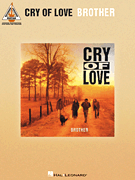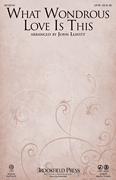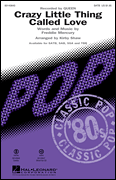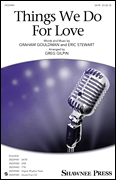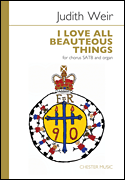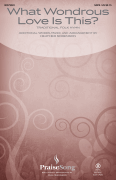Search Results for: “This Love”
Loading...
Crazy Little Thing Called Love View 162 Products
This Can't Be Love View 94 Products
This Love View 77 Products
So This Is Love View 69 Products
What Is This Thing Called Love? View 67 Products
What Wondrous Love Is This View 67 Products
This Guy's In Love With You View 51 Products
Isn't This A Lovely Day (To Be Caught In The Rain?) View 37 Products
Is This Love View 36 Products
This Love Of Mine View 32 Products
Love Is The Sweetest Thing View 30 Products
Love Came Down At Christmas View 28 Products
Love Is A Simple Thing View 28 Products
This Year's Love View 26 Products
We're In This Love Together View 26 Products
One Thing Remains (Your Love Never Fails) View 25 Products
Love Is A Many-Splendored Thing View 23 Products
This Is How We Know What Love Is View 23 Products
Fight For This Love View 21 Products
If This Isn't Love View 19 Products
A Flower Is A Lovesome Thing View 17 Products
I'll Never Love This Way Again View 13 Products
Is This What You Call Love? View 11 Products
I Love This Bar View 9 Products




